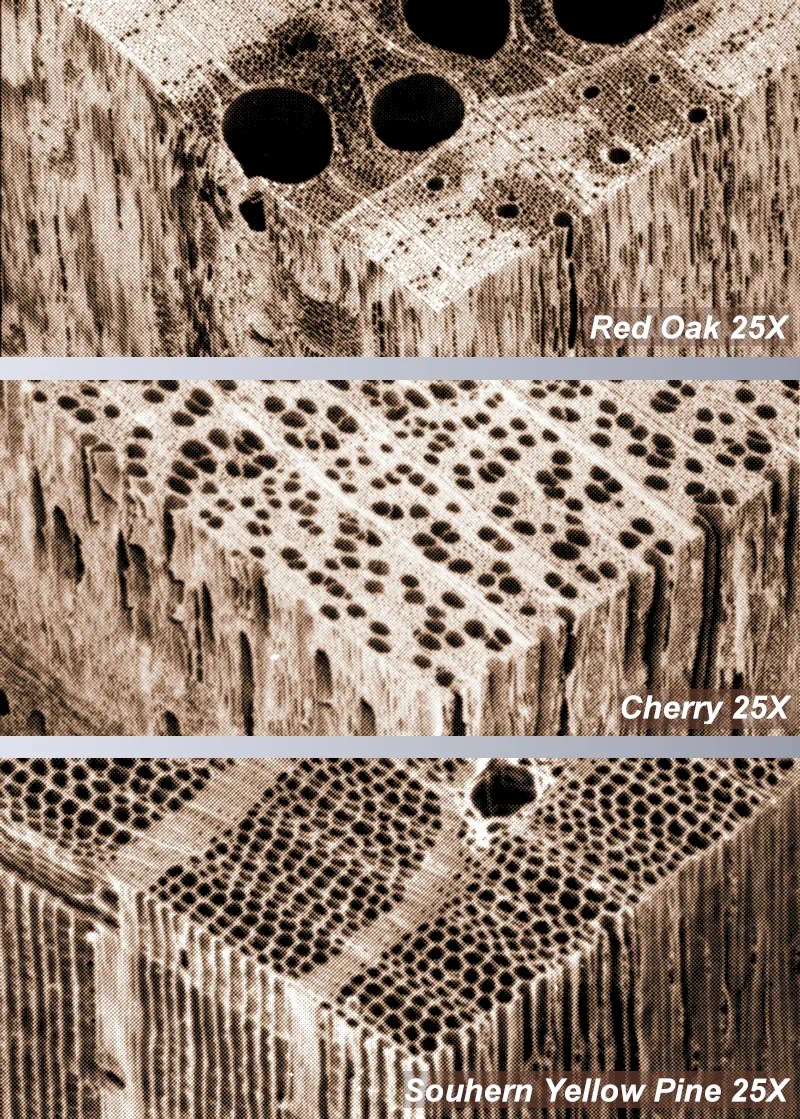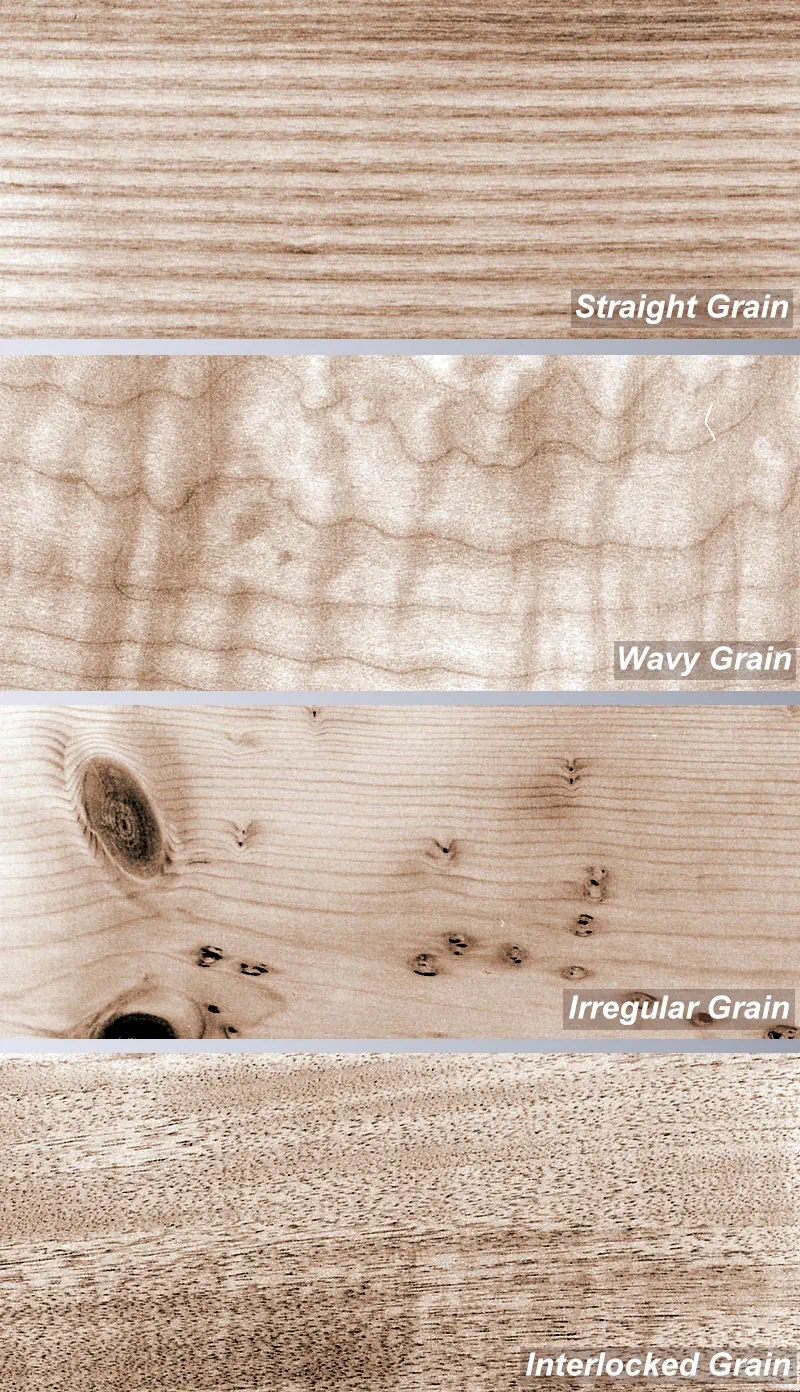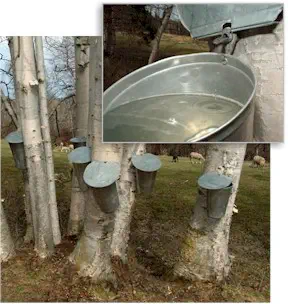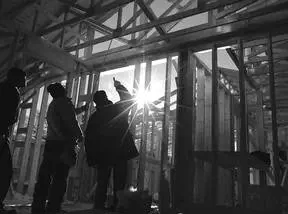WOOD COLOR
The unique color of a wood species is determined by the chemical extractives embedded in the cell walls. But the initial color of the raw, freshly cut wood doesn’t remain unchanged. This color darkens somewhat when you apply a finish, even if that finish appears clear and colorless. Most finishes also change the hue, making it more amber. Craftsmen describe this as “warming up” the wood color. In the chart of “Physical Properties of Wood,” you can see how common finishes affect color.
Unfortunately, what you can’t see is that the wood also changes color with age. As the surface of the wood is exposed to air, it slowly oxidizes. Some woods are photosensitive — exposure to ultraviolet light alters the extractives. Both reactions change the wood color at the surface. This thin layer of color-changed wood, sometimes only a few thousandths of an inch thick, is the patina.
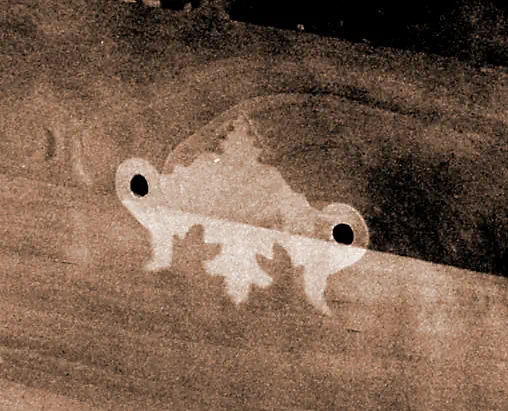
Cherry is a photosensitive wood. The escutcheon that once adorned this cherry drawer front blocked the light. Consequently, the patina where the escutcheon once was is much lighter than the surrounding wood. The patina of most woods grows darker with age. However, in two species — walnut and mahogany — it grows lighter. As they age, their patina becomes a soft gray color.*


